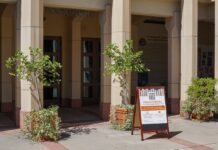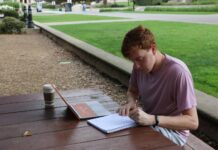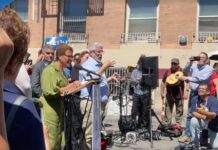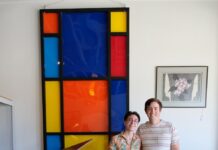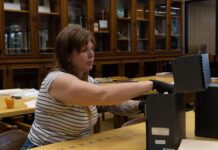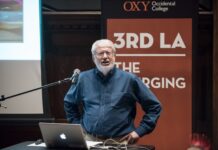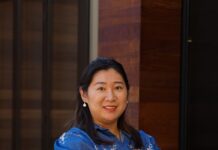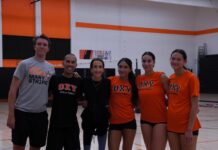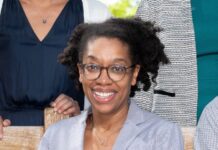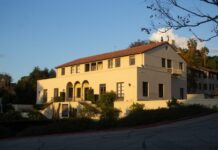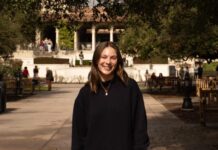Author: Benna Gottfried
Working in the Office of Admissions this year has provided me with a different perspective on diversity at Occidental. While the admissions statistics tout the high number of non-white students attending Occidental, our student body is also diverse in many, less-obvious ways. All of us together represent diversity-diversity of opinion, of religion, of income and of nationality. While solid numbers are available to verify each of these, and most have been included in our recent and on-going discussions on campus climate, religious diversity is widely ignored.
The concept of being spiritual but not religious is appealing to many in our generation. Though many of us were brought up in religious homes and communities, we often leave behind our religious practice when we are at school, opting to explore our spirituality in other ways or ignore it all together. This may be due to time, or access, or perhaps we are just trying to figure exactly what we believe.
I am by no means excluded from this trend. For most of my time in college I have identified myself as Jewish, but I have done little beyond attending services on the High Holidays, lighting Hanukkah candles and eating motzah during Passover. Earlier this month, however, I hosted a Passover Seder at my house off-campus. For the first time since I arrived at Oxy, I felt as if I was practicing my religion, in my own way, because I chose to do so.
Although my friends fully supported me in my religious ritual and were more than happy to partake in the feast I prepared, I began to realize how foreign religious practice of any kind had become in our lives.
Many students are interested and willing to enroll in courses discussing the history and thought behind the world’s religions- Professor Dale Wright’s course on “Buddhist Thought” over-enrolls each time it is offered and Professor Mallek’s “Intro to Islam” is always full. Despite this, however, students who actively practice a religion or who closely affiliate themselves with one of the major religions are not vocal about their practice. We do not often have the opportunity to learn about our classmates’ religious backgrounds.
Why is it that we, as intellectual, bright and inquisitive students, shy away from religious practice? Or is it that those who are practicing do not feel comfortable doing so openly? Why is the wide-ranging representation of religious affiliations on this campus so often left out of discussions of diversity?According to research done on college-age students and religious affiliations, many college chaplains are seeing a resurgence of religious activity on campuses nationwide. In 2006 a Harvard University Institute of Politics poll reported that seven of ten U.S. college students say that religion is somewhat important or very important in their lives.
At Occidental, faculty, students and administrators have made efforts to respond to this sentiment. Herrick Chapel was adapted into an interfaith center to allow for a space for all religious practice. The Office of Spiritual Life regularly brings speakers of different faiths to campus. Religious dialogue groups organized by students and faculty attempt to bring students together to create better understanding. Dining Services is willing to work with any students with religiously based dietary restrictions.
Religious diversity is complex though. Religious pluralism at a liberal minded institution like Occidental, where students believe so intensely about justice and service, can be complicated. How can we include those students who feel spiritual but do not identify with a particular faith? What happens when one group chooses to evangelize their religion or when the religious beliefs of one group contradict or offend others? These are all questions that we are addressing in our conversations of campus climate but are rarely considered in regard to religious diversity.
Efforts to promote religious dialogue and diversity have been made at campuses of all sizes nation wide. Multi-faith councils have been formed to bring together student leaders from the different faith groups. With an equal representation of people from all faith groups interested in participating, these groups are also held responsible to some extent for promoting the schools’ commitment to diversity within the faith community. As Oxy has done with Herrick, many institutions have converted their once religiously affiliated chapels into inter-faith centers.
Perhaps it is time for the Occidental community to take this step and begin to include religion in our discussion by following the lead of the more than thirty institutions of higher education that have already done so.
Benna is a senior, American Studies major and a Senior Editor for the Weekly. She can be reached at bgottfried@oxy.edu
This article has been archived, for more requests please contact us via the support system.
![]()


